In the chilly weather of early spring, on January 26, 2024, the ancient French villa located at 49 Tran Hung Dao - 46 Hang Bai, Hanoi, officially opened to visitors after two years of meticulous and elaborate restoration. This is one of the key projects in the Urban Development and Renovation Program of the Hanoi Party Committee, implemented with cooperation and technical support from the Ile-de-France region, France.
The two-storey villa, with a construction area of 174 m², surrounded by a large campus of nearly 1,000 m², is one of the few buildings that still retains its original features with a spacious garden in the heart of Hanoi. Located in a prime location between Tran Hung Dao and Hang Bai streets, this villa is not only a witness to history but also a symbol of the cultural exchange between Vietnam and France during the colonial period. This project is also considered a pioneering model in the restoration and preservation of ancient villas in Hanoi, demonstrating the city's interest and efforts in preserving and promoting the value of urban architectural heritage.
Villa after renovation seen from outside. Photo: Hoang Anh
The restoration of the villa faced many challenges, especially the lack of archival documents on the villa's original architecture. The original drawings and architectural records were lost over time, leaving only a single photo of the homeowner's family standing in front of the villa. Faced with these difficulties, experts from the Ile-de-France region and Hanoi had to conduct meticulous research, consulting many different sources of documents to restore the project in accordance with the principles of heritage conservation. The primary goal was to preserve as much of the villa's original elements as possible, while authentically recreating the typical ancient French architecture of Indochina.
One of the highlights of the restoration was the use of original building techniques and materials. The first-floor living room ceiling, which had been severely damaged, was reinforced with exposed timber panels to allow visitors to admire the original structure of the house. Similarly, the second-floor ceiling was left intact, allowing visitors to directly observe the purlins, roof, and circular windows. Broken floor tiles were also collected and reassembled rather than completely replaced, preserving the authenticity and historical value of the building.
Sample of bricks used in the villa, with specific explanations about the origin and versatility of the bricks. Photo: Hoang Anh
Not only that, the experts also used traditional construction methods such as plastering the walls with quicklime mixed with straw instead of using cement or plaster, and using natural paint to protect the wooden and iron structures of the house. These construction techniques were very popular in Indochina and some Asian countries from the mid-19th century to the early 20th century, bringing an ancient beauty that is durable over time.
In addition to touring the restored villa, visitors will have the opportunity to learn about the restoration process through an on-site exhibition. The exhibition features maps, architectural drawings, and construction materials and techniques discovered during the restoration process. Pre- and post-renovation photos taken by photographer François Carlet Soulages are also on display, giving the public a deeper insight into the transformation of the building over each stage.
Visitors can learn more about the heritage restoration process through on-site documents. Photo: Hoang Anh
This exhibition not only aims to introduce the results of the restoration project but also calls for community participation in the preservation of urban architectural heritage. This is an opportunity to emphasize the importance of preserving French-style architectural works in Hanoi, as an indispensable part of the city's cultural heritage.
After being restored, the villa at 49 Tran Hung Dao - 46 Hang Bai will become the French Quarter Cultural Exchange Center, a space where tradition and modernity blend together, bringing visitors interesting experiences. The front yard of the villa has been renovated by spreading gravel, creating comfort for visitors and also suitable for organizing crowded cultural events. The old kitchen has been transformed into an open space with transparent glass, where guests can enjoy coffee while admiring the entire house and the surrounding green garden.
The villa restoration project brings new life to an ancient building and contributes to raising public awareness of the value of architectural heritage. This affirms the necessity of preserving and promoting these values in the context of increasingly strong urbanization, so that architectural heritages like this are always the pride of Hanoi and Vietnam.



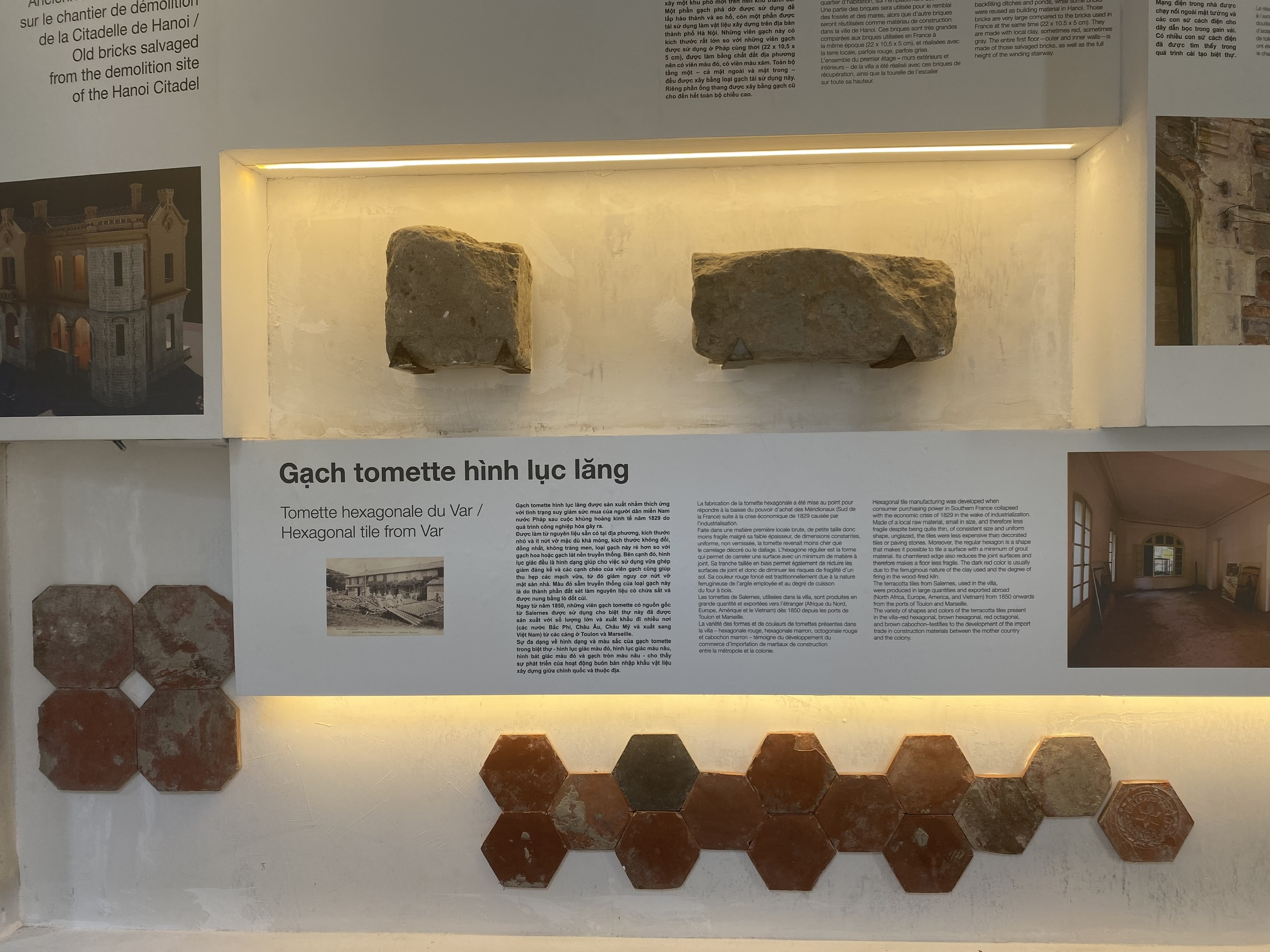
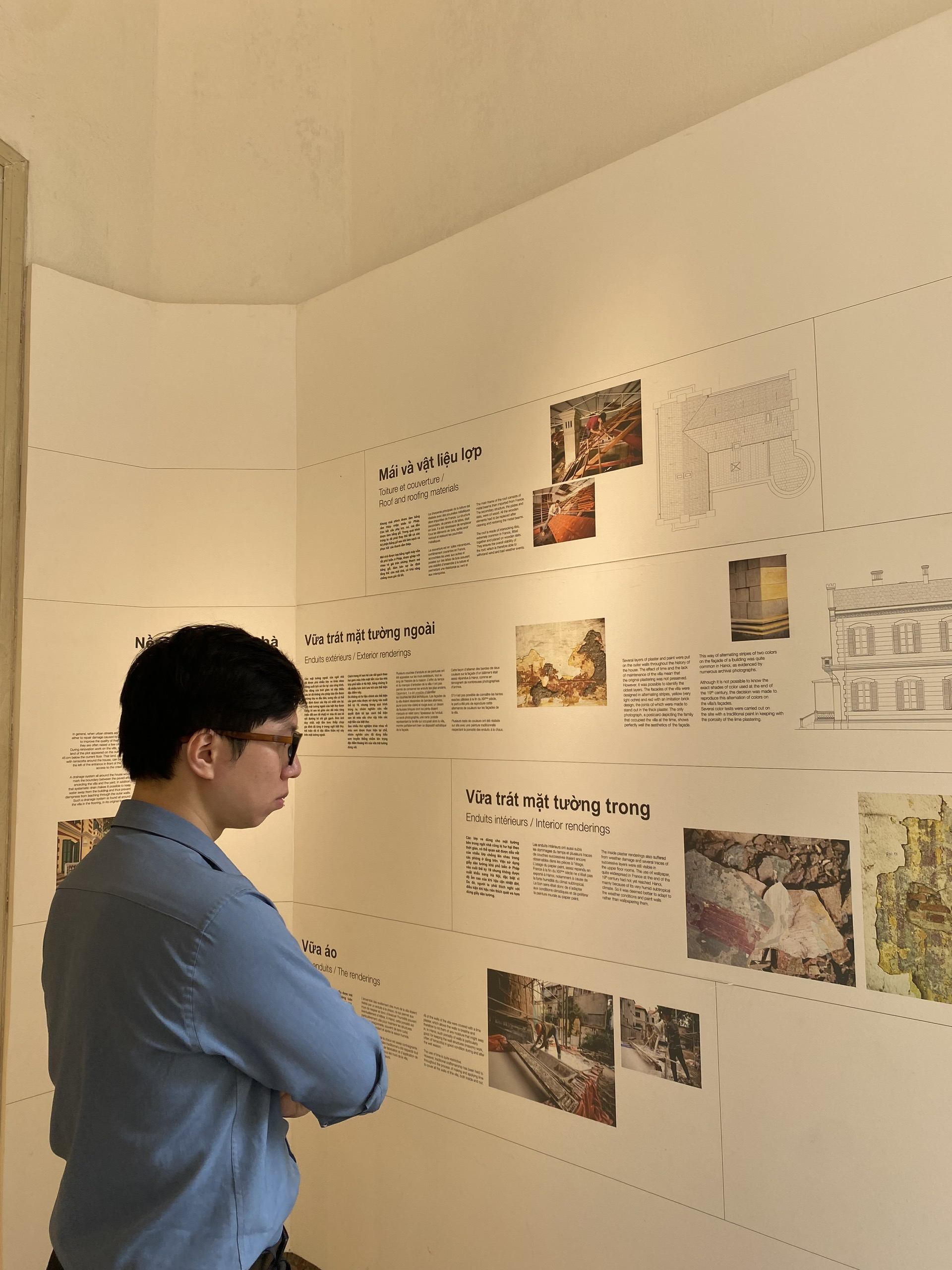


![[Photo] Closing of the 11th Conference of the 13th Central Committee of the Communist Party of Vietnam](https://vstatic.vietnam.vn/vietnam/resource/IMAGE/2025/4/12/114b57fe6e9b4814a5ddfacf6dfe5b7f)






















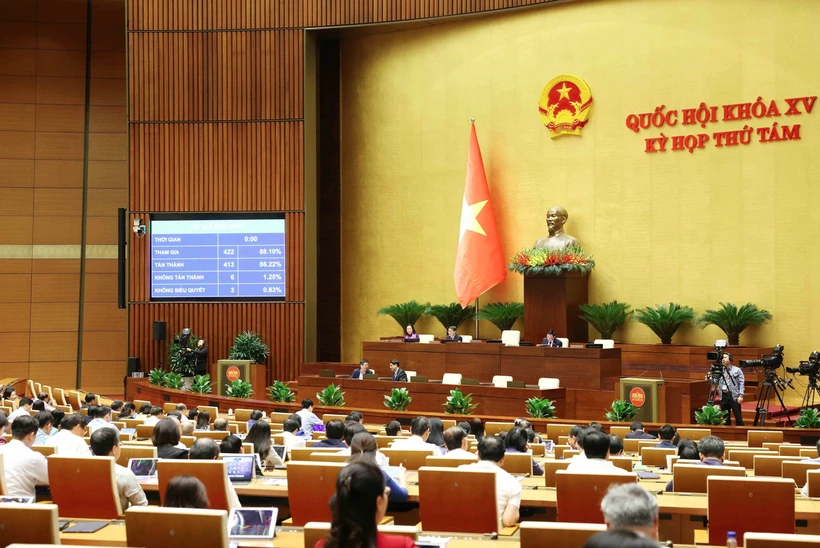
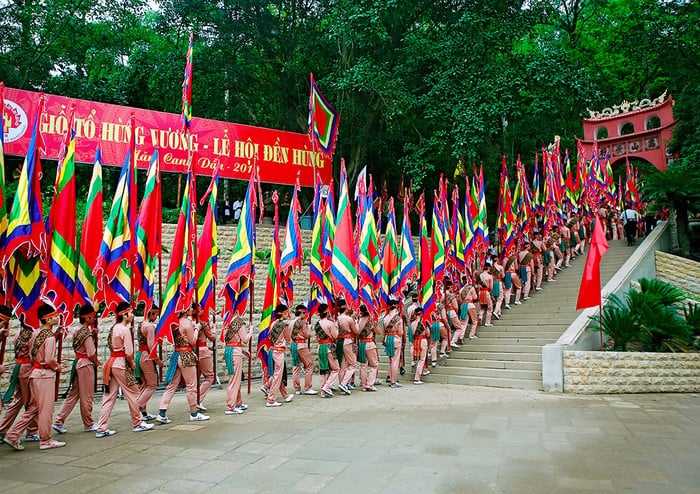
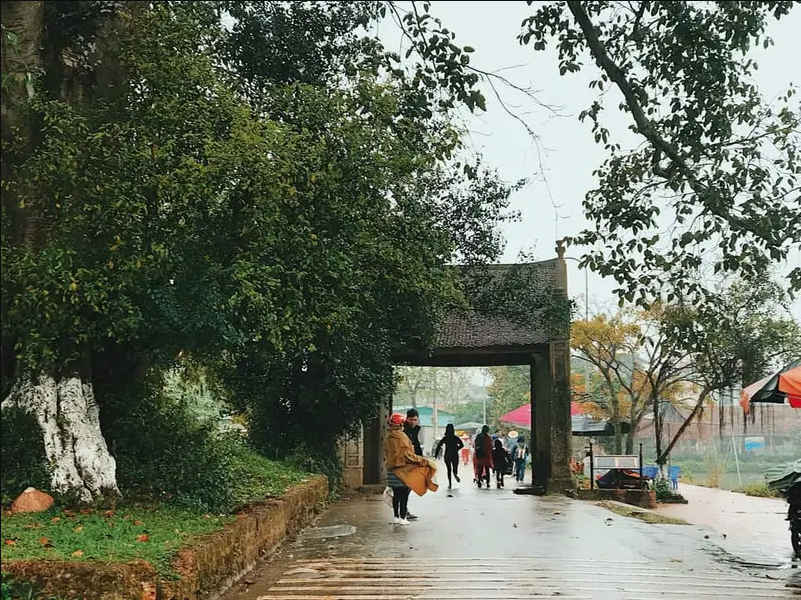
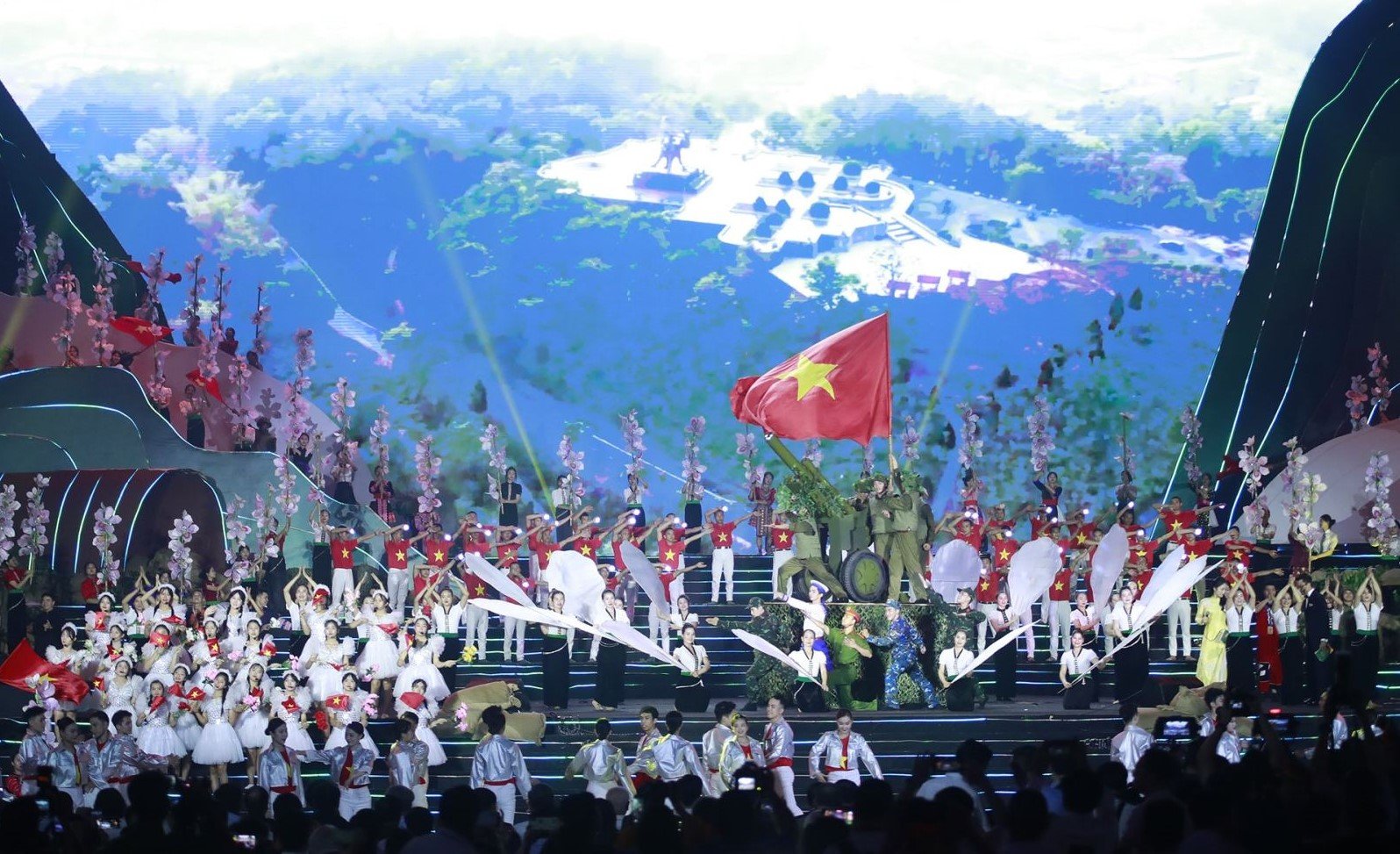
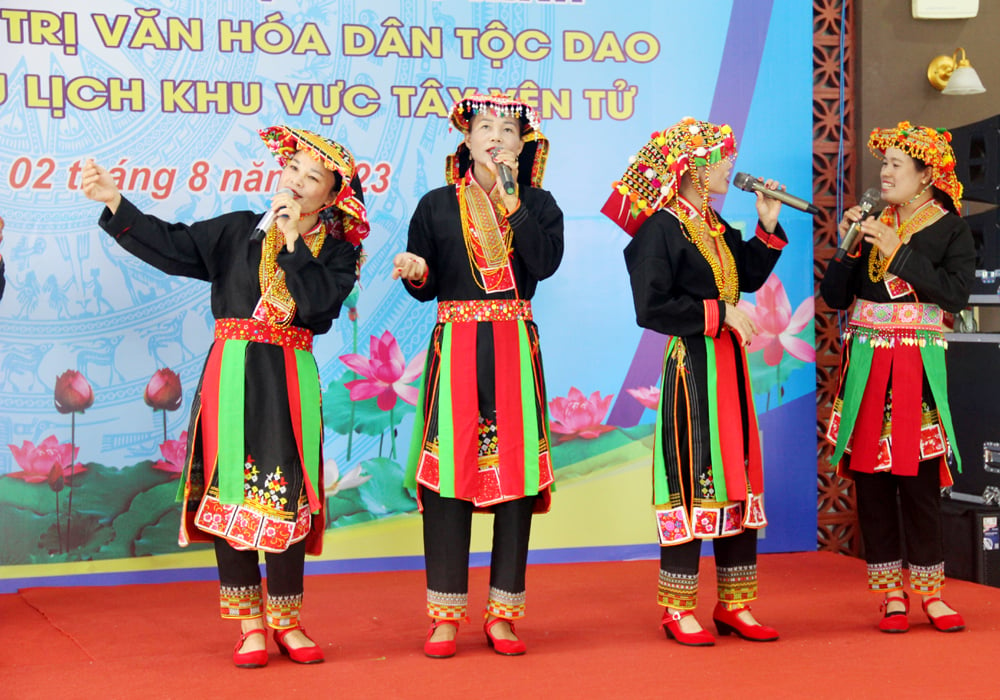
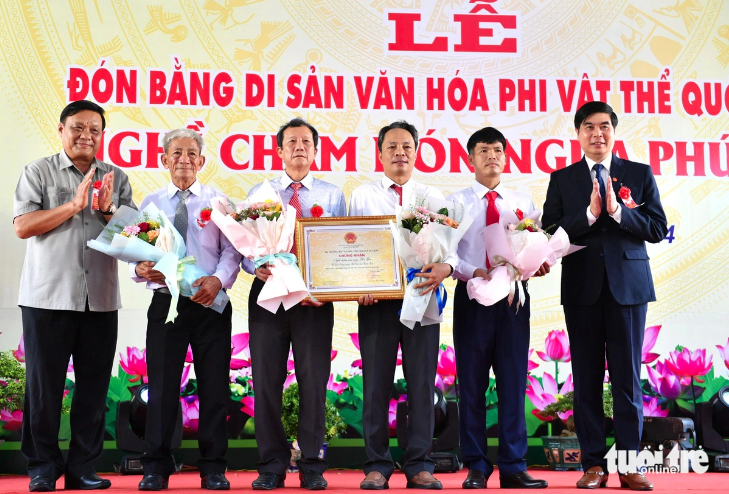
![[Photo] Overcoming all difficulties, speeding up construction progress of Hoa Binh Hydropower Plant Expansion Project](https://vstatic.vietnam.vn/vietnam/resource/IMAGE/2025/4/12/bff04b551e98484c84d74c8faa3526e0)


























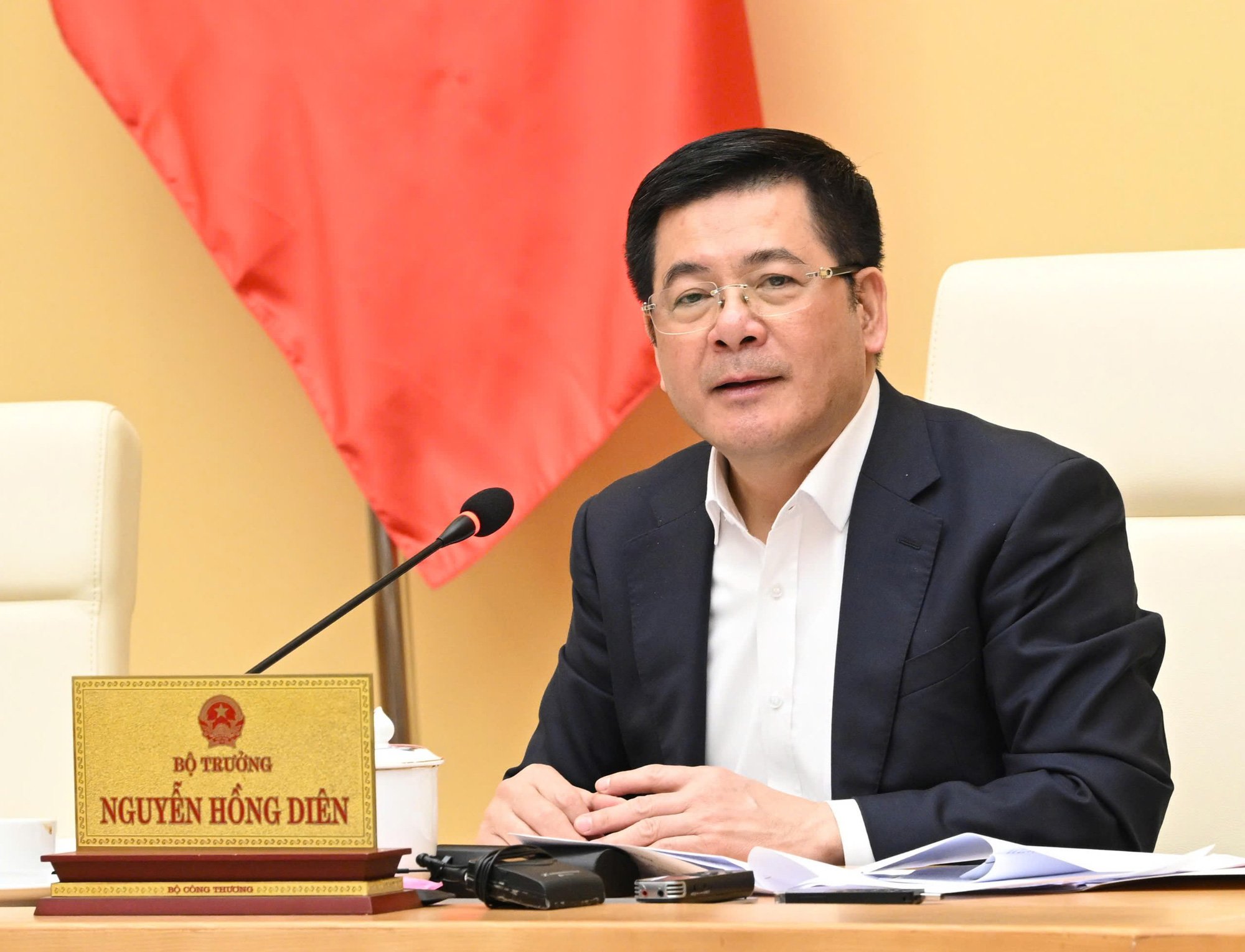
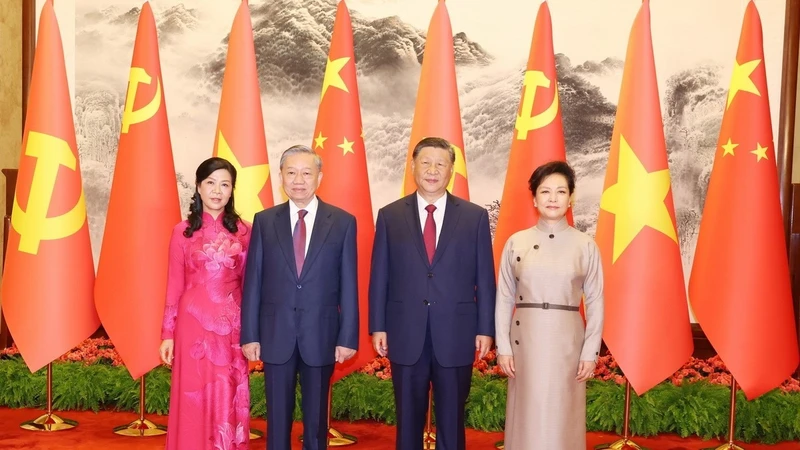


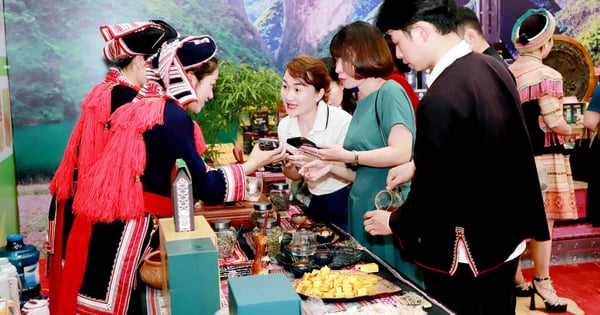






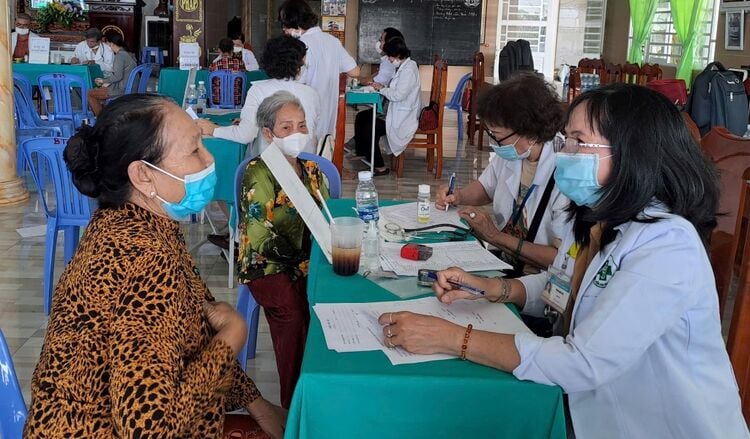

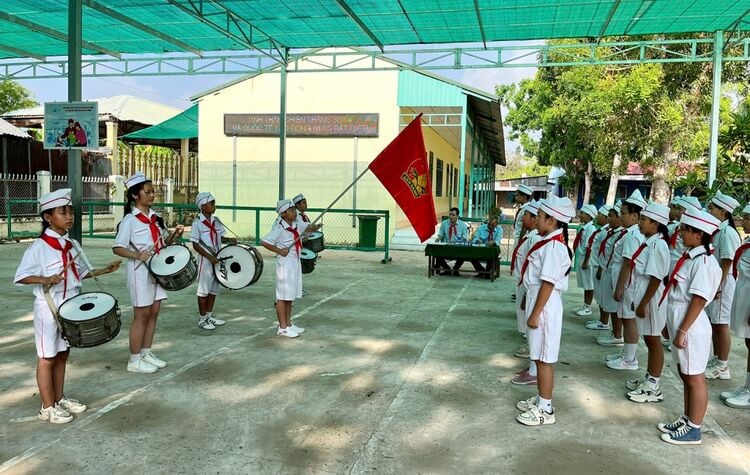
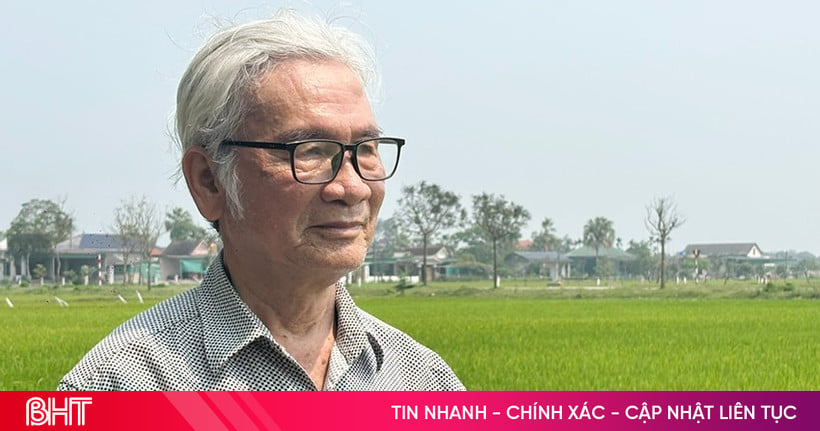

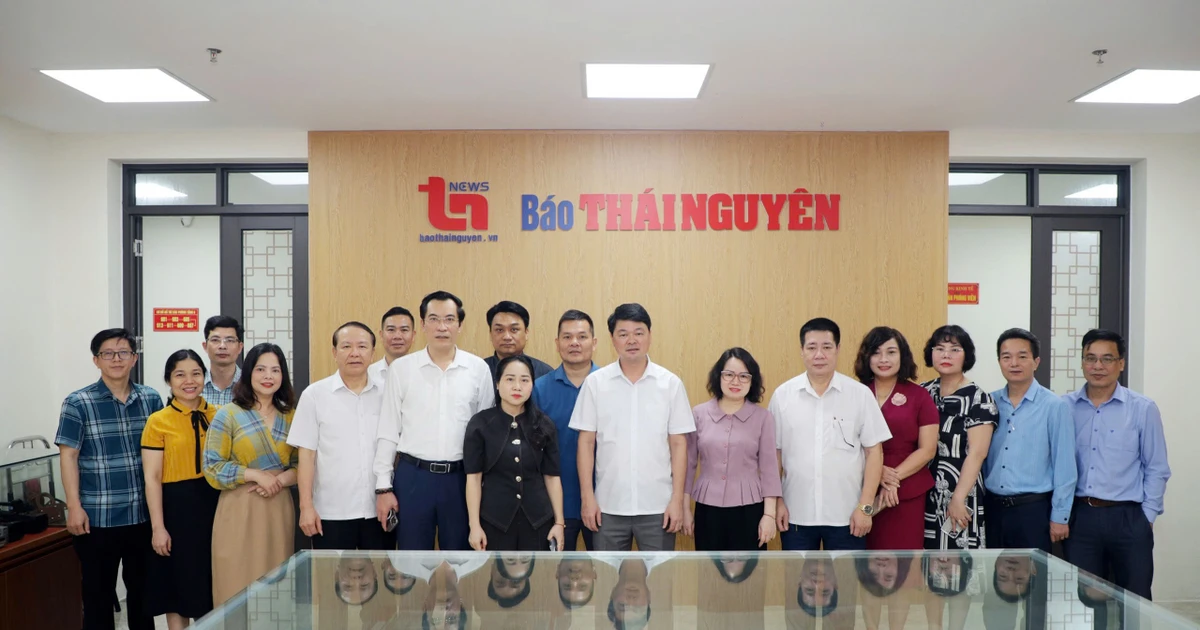

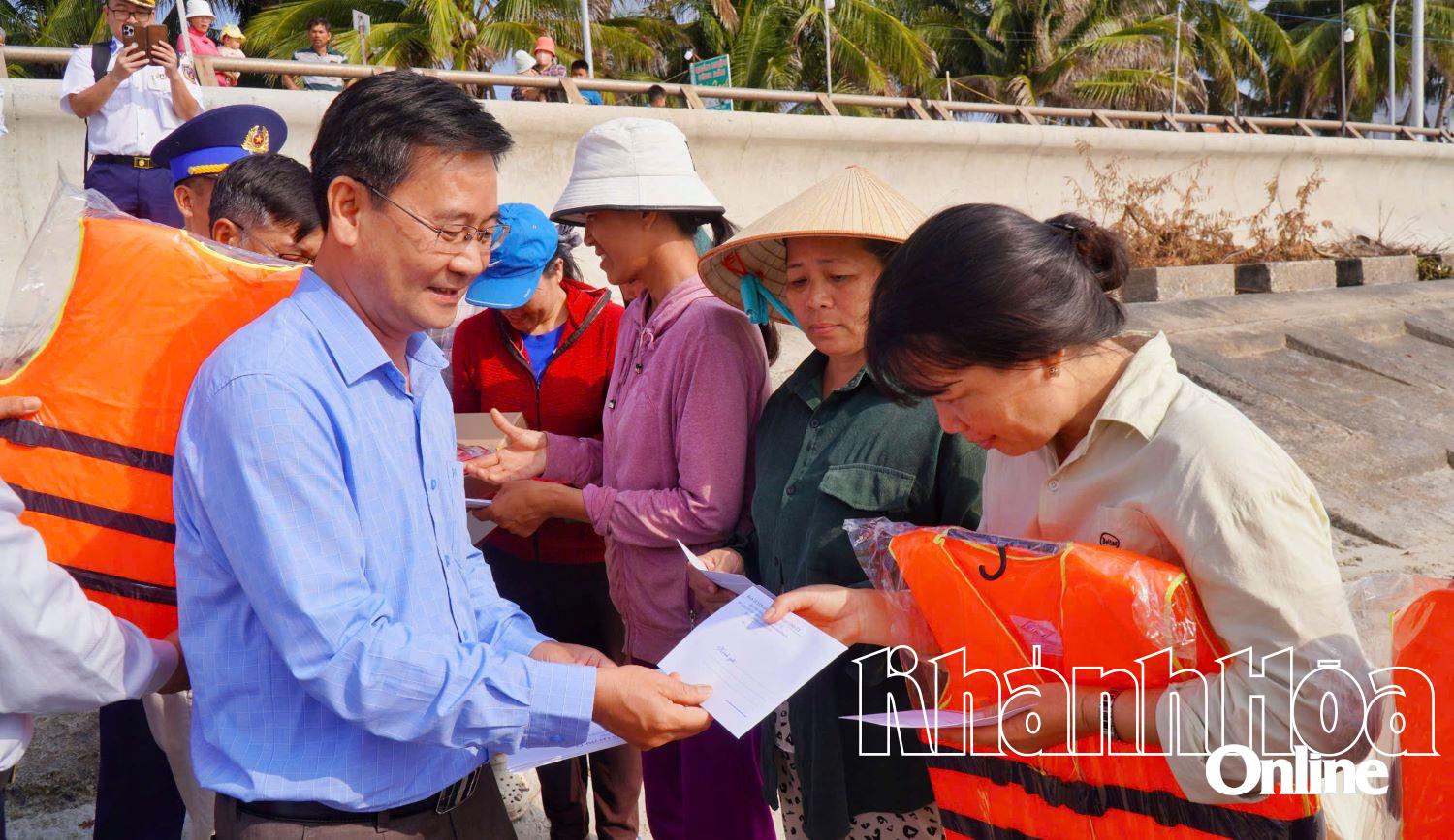












Comment (0)